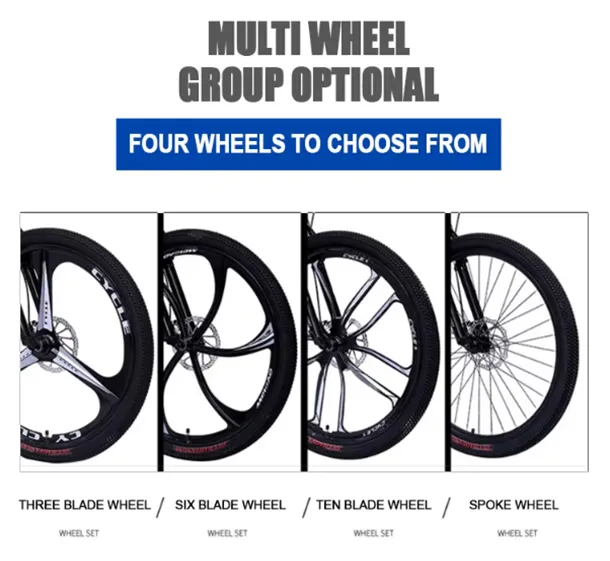
-
 Afrikaans
Afrikaans -
 Arabic
Arabic -
 Belarusian
Belarusian -
 Bengali
Bengali -
 Bulgarian
Bulgarian -
 Croatian
Croatian -
 Czech
Czech -
 Danish
Danish -
 Dutch
Dutch -
 English
English -
 Finnish
Finnish -
 French
French -
 German
German -
 Greek
Greek -
 hawaiian
hawaiian -
 Hebrew
Hebrew -
 Hindi
Hindi -
 Hungarian
Hungarian -
 Indonesian
Indonesian -
 irish
irish -
 Italian
Italian -
 Japanese
Japanese -
 Javanese
Javanese -
 kazakh
kazakh -
 Khmer
Khmer -
 Korean
Korean -
 Kyrgyz
Kyrgyz -
 Lao
Lao -
 Latin
Latin -
 Luxembourgish
Luxembourgish -
 Malay
Malay -
 Myanmar
Myanmar -
 Norwegian
Norwegian -
 Persian
Persian -
 Polish
Polish -
 Portuguese
Portuguese -
 Romanian
Romanian -
 Russian
Russian -
 Serbian
Serbian -
 Slovak
Slovak -
 Somali
Somali -
 Spanish
Spanish -
 Swedish
Swedish -
 Tagalog
Tagalog -
 Thai
Thai -
 Turkish
Turkish -
 Turkmen
Turkmen -
 Ukrainian
Ukrainian -
 Uighur
Uighur -
 Vietnamese
Vietnamese
พ.ย. . 08, 2024 05:14 Back to list
Guidelines for Choosing the Perfect New Bicycle for Your Needs
How to Pick a New Bike Your Comprehensive Guide
Choosing a new bike can be an exhilarating experience, especially with the many options available today. Whether you are a seasoned cyclist or a newcomer to the biking world, understanding what to look for can make the selection process much easier. This guide aims to break down the essential factors to consider when picking out your new ride.
1. Determine Your Riding Style
The first step in choosing a bike is to define your riding style. Will you be using your bike for commuting, leisurely rides in the park, mountain biking, or long-distance touring? Different riding styles call for different types of bikes. Here are the primary categories to consider
- Road Bikes Lightweight and designed for speed on paved surfaces. Ideal for long-distance rides and commuting on roads. - Mountain Bikes Built to handle rough terrains with features like wider tires and sturdy frames. Perfect for trails and off-road adventures.
- Hybrid Bikes A blend of road and mountain bikes, suitable for both paved roads and light trails. Great for beginners and casual riders.
- Cruiser Bikes Designed for comfort with a relaxed seating position. Usually used for leisurely rides around town or along beaches.
- Electric Bikes Equipped with a battery and motor to assist with pedaling. They are great for commuters who want an extra boost.
2. Find the Right Frame Size
Getting the right frame size is crucial for comfort and performance. An incorrectly-sized bike can cause discomfort and even injury. Most bike manufacturers provide a size chart based on your height. Additionally, visiting a local bike shop for a fitting can help ensure you get a bike that suits your body size and shape.
3. Consider Your Budget
Bikes can range in price from a few hundred to several thousand dollars. Setting a budget before you start shopping can help narrow down your options. Remember to factor in additional costs, such as
- Accessories (helmet, lights, lock, etc.) - Maintenance (services and repairs) - Insurance (if applicable)
how to pick a new bike

One of the best ways to determine if a bike is right for you is to take it for a test ride. Most local bike shops allow you to try out different models. Pay attention to how the bike feels when you ride it. Consider aspects like comfort, handling, and stability. Make sure to test ride various bike styles and sizes to get a better sense of what suits you best.
5. Research the Components
Understanding the various components of a bike can also help you make an informed decision. Key areas to consider include
- Gears Depending on where you intend to ride, you may need a bike with multiple gears for hilly terrains or a single-speed bike for flat roads.
- Brakes There are mainly two types of brakes rim brakes and disc brakes. Disc brakes offer better stopping power, especially in wet conditions, while rim brakes are generally lighter and simpler.
- Tires The type of tires affects how the bike performs on different terrains. Wider tires offer better stability on rough surfaces, while narrower tires are more efficient on paved roads.
6. Look for Reviews and Recommendations
Thanks to the internet, you can easily find reviews and recommendations for various bike models. Websites, forums, and social media can provide insights from other cyclists about their experiences with specific bikes. Look for feedback on overall durability, comfort, and performance.
7. Don’t Forget the Accessories
While the bike itself is crucial, don’t overlook the importance of accessories. A good helmet, lights for visibility, a comfortable seat, and a reliable lock are all essential for safety and convenience. Consider purchasing these items when you buy your bike to ensure you're fully prepared for your cycling adventures.
Conclusion
Choosing the right bike involves careful consideration of your riding style, frame size, budget, components, and accessories. Taking the time to test ride different models and do thorough research can make all the difference. With this guide, you're now better equipped to find a bike that fits your needs and will provide you with joy and adventure for years to come. Happy cycling!
-
Top Kids Bike with gpt-4-turbo AI for Safe Rides
NewsAug.02,2025
-
Premium Titanium Road Bike: Lightweight & Durable
NewsAug.01,2025
-
Red Black BMX Bike with GPT-4-Turbo AI Tech
NewsJul.31,2025
-
New Red Anti-theft E-Bike | Easy Ride City Commuter
NewsJul.31,2025
-
BMX 20 Inch Bikes for Freestyle & Street | Fat Tire Options Available
NewsJul.30,2025
-
322 High Quality 26 Inch 21 Speed Adult Mountain Bike OEM MTB
NewsJul.29,2025

